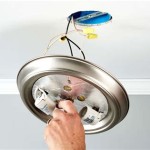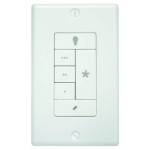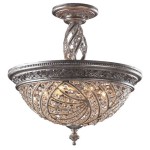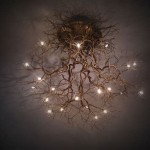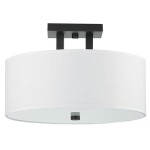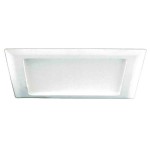Essential Aspects of LED Warehouse Ceiling Lights
LED warehouse ceiling lights have revolutionized industrial lighting, offering unparalleled energy efficiency, durability, and performance. Understanding the key aspects of these fixtures is crucial to selecting the most suitable solutions for your warehouse lighting needs.
1. Light Output and Distribution
The amount of light emitted by the fixture is measured in lumens (lm). For warehouses, high lumen output is essential for illuminating large areas effectively. The light distribution pattern also matters, with wide-angle lenses providing uniform illumination over a wider area and narrow-angle lenses directing light more precisely for focused lighting.
2. Color Temperature and CRI
Color temperature refers to the warmth or coolness of the light emitted. Higher color temperatures (e.g., 5000K) produce a bluish-white light, while lower color temperatures (e.g., 3000K) emit a warmer, yellow-white light. CRI (Color Rendering Index) measures the fixture's ability to render colors accurately. A higher CRI ensures clear and vibrant color rendition.
3. Energy Efficiency
LED lights are renowned for their energy efficiency, consuming significantly less power than traditional lighting options. Look for fixtures with high lumen-per-watt (lm/W) ratings, which indicate efficient light output relative to power consumption. Energy-efficient lighting can lead to substantial energy savings over time.
4. Durability and Lifespan
Warehouses often operate in challenging environments. Durability is paramount, and LED fixtures should be robust enough to withstand dust, moisture, and temperature fluctuations. Look for fixtures with long lifespans, typically measured in hours (e.g., 50,000 hours or more), to minimize maintenance and replacement costs.
5. Control and Dimming
Advanced LED fixtures offer control and dimming capabilities, allowing you to adjust light levels and create tailored lighting scenarios. Control options may include motion sensors for automatic activation, dimmers for adjustable light output, and remote control for convenient operation.
6. Installation and Maintenance
Ease of installation is crucial for warehouse lighting. Look for fixtures with simple mounting mechanisms and clear installation instructions. Proper maintenance ensures optimal performance. LED fixtures typically require minimal maintenance, but regular cleaning and periodic inspections are recommended.
7. Safety and Certifications
Warehouse lighting must meet safety standards. Look for fixtures with certifications such as UL, ETL, or CSA, which indicate that they have undergone rigorous testing and meet industry safety requirements. Additionally, ensure that the fixtures are compatible with your warehouse's electrical system and comply with local building codes.
Conclusion
LED warehouse ceiling lights offer numerous advantages, making them the ideal choice for efficient, reliable, and high-quality lighting. By understanding the essential aspects discussed in this article, you can make informed decisions and optimize your warehouse lighting for safety, productivity, and energy savings.

Led Warehouse Lighting Industrial High Bay Lights Ledmyplace

Warehouse Lighting Led Fixtures Layout Design

Led Warehouse Lighting Light Fixtures

Led Warehouse Lighting 3 Reasons To Use Leds In Your

Warehouse Led Lighting Office Commerical

Led Warehouse Lights Lighting Explained

12000 Lm Led Garage Lights 100w 6500k Deformable Ceiling Light E26 Base Pinegreen Lighting With 4 Adjustable Panels For Basement Warehouse Work Com

Led Warehouse Lights Lighting Explained

Warehouse Lighting Manufacturer For High Ceilings As 30 60 Feet

240w Led Ufo High Bay Warehouse Lighting Philips Dlc 5 Years
Related Posts

